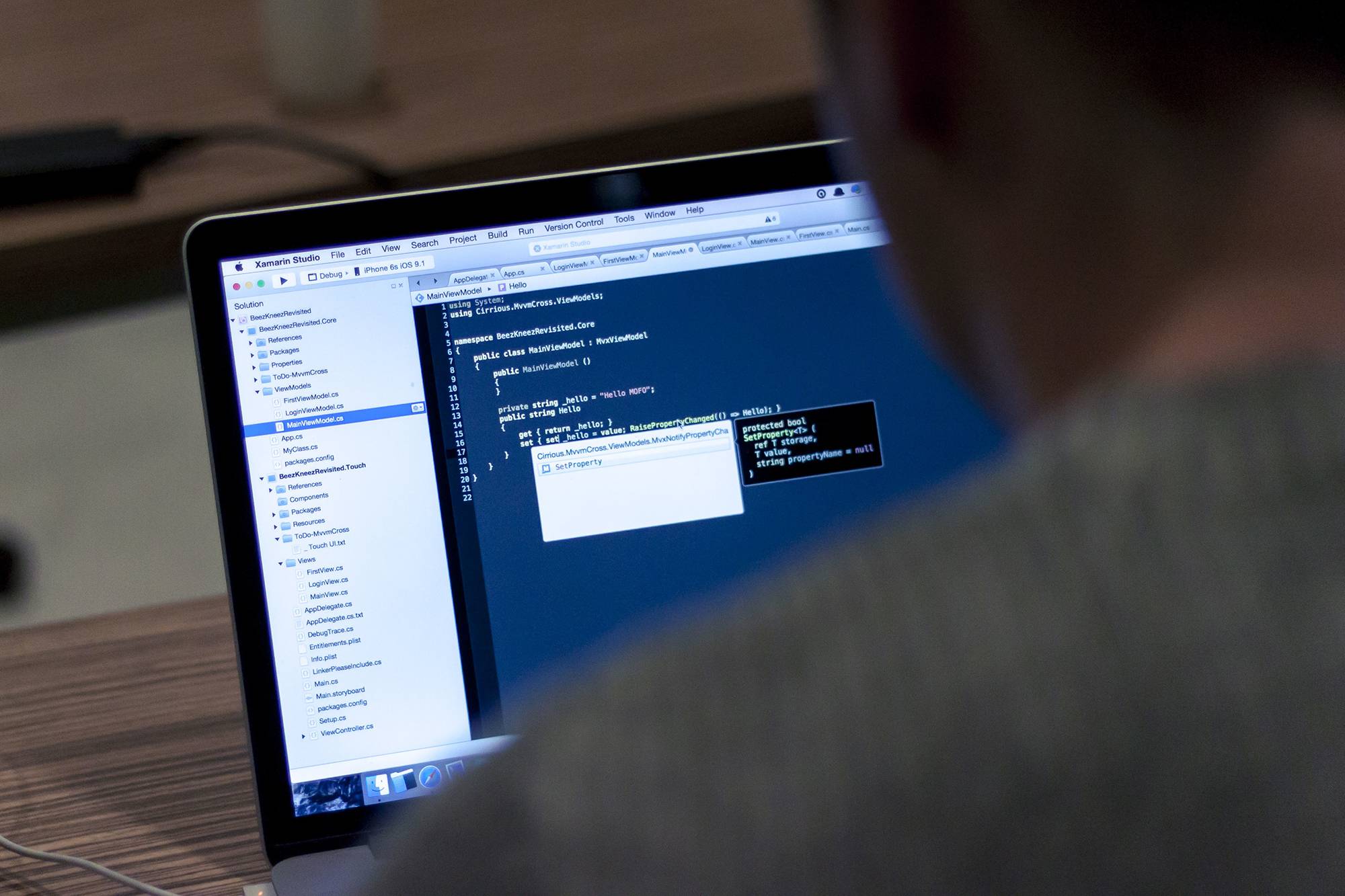
Mobile app development
When we talk about mobile learning apps or m-learning, we mean learning that is done through portable devices such as smartphones and tablets. Mobile learning is one of the hot educational trends for the coming years. Through the power of mobile apps, the traditional way of “going to school” is about to change in a major way. Whether students simply don’t need to bring books (when an iPad will suffice) or skip the idea of a physical presence altogether, the education system needs to recognize and adapt to these sweeping changes if it’s going to emerge with an effective education model in the 21st century.

Augmented Reality/Virtual Reality (AR/VR)
Virtual reality is well publicised in the world of gaming, with VR products flooding shops and magazines over the past few years. In education, some schools are already trialling VR as a way of offering new and engaging ways of teaching and learning.
Mixed reality (MR) and augmented reality (AR), while less familiar in the education space, has proved to be successful in other areas such as museums and construction. But the technology used in these environments could easily be translated to school and universities. Let's explore the educational possibilities of AR, MR and VR for enhancing teaching and learning.

Web 2.0 and beyond
This group will share on about a wide variety of Web 2.0 tools to use in teaching and learning. Web 2.0 tools provide innovative ways to communicate, present content, and collaborate with others in creative ways. Web 2.0 tools are easy to learn, use, and implement, and many are free. This group will not only discussing on popular Web 2.0 tools like Edmodo, Twitter, Zoom Cloud, and Skype in teaching and learning, but will also look into how to effectively integrate these technologies into classroom practices and create engaging student activities.

Location Based Learning
Our definition of location based learning is: learning or information that is provided in a certain place. Therefore, students must go to the determined places to learn.

Gamification
Why games? What can you learn from playing games? How can games change the world? Gamification describes the process of applying game-related principles — particularly those relating to user experience and engagement — to non-game contexts such as education.






FOLLOW US